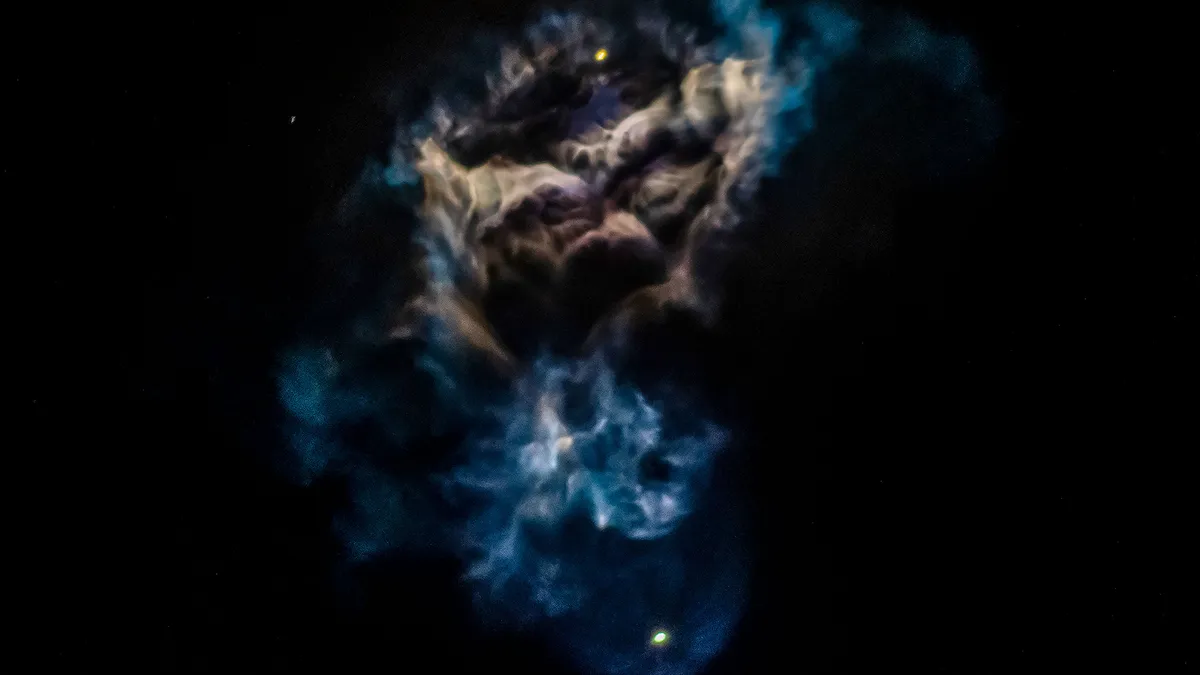
In the early morning hours of April 21, 2025, SpaceX successfully launched an uncrewed Dragon spacecraft as part of its 32nd supply delivery mission to the International Space Station (ISS). This remarkable event highlights the ongoing advancements in space exploration and the critical role of private companies in supporting scientific research aboard the ISS.
The launch was executed using the powerful Falcon 9 rocket, which first ascended into the atmosphere before its first stage completed its role in the mission. After the initial ascent, the first stage separated from the second stage and began its journey back to Earth. While still high in the atmosphere, the Falcon 9's first stage reignited some of its engines to perform a boostback burn. This maneuver altered its trajectory from heading out over the Atlantic Ocean back towards its launch site, resulting in a breathtaking display of lights.
The boostback burn produced an ethereal glow, reminiscent of the colorful, glowing gases found in a nebula. This stunning light show captured the attention of onlookers and showcased the beauty of modern rocketry. The visual spectacle not only marks the return of the Falcon 9 but also serves as a reminder of the intricate engineering that powers such missions.
SpaceX's CRS-32 launch took place at the iconic Launch Complex-39A, located at NASA's Kennedy Space Center in Florida. This historic site has been the launch point for numerous significant space missions, making it a fitting location for the delivery of vital supplies to the ISS. Following the impressive light show in the sky, the Falcon 9's first stage successfully landed on a designated pad at the Cape Canaveral Space Force Station, which is conveniently situated just a short distance from the launch site.
One of the most fascinating aspects of this launch is the reusability of the Falcon 9's first stage. Although the phenomena can be observed each time a SpaceX Falcon 9 first stage returns to one of Cape Canaveral's Landing Zones 1 or 2, each landing presents a unique visual experience. The glowing nebula-like displays vary in appearance, making every return a spectacular sight worth witnessing.
For those eager to keep up with SpaceX and the latest developments in space exploration, there are numerous resources available. Whether you're interested in future launches, technological advancements, or the ongoing missions to the ISS, staying informed will deepen your appreciation for the wonders of the universe.